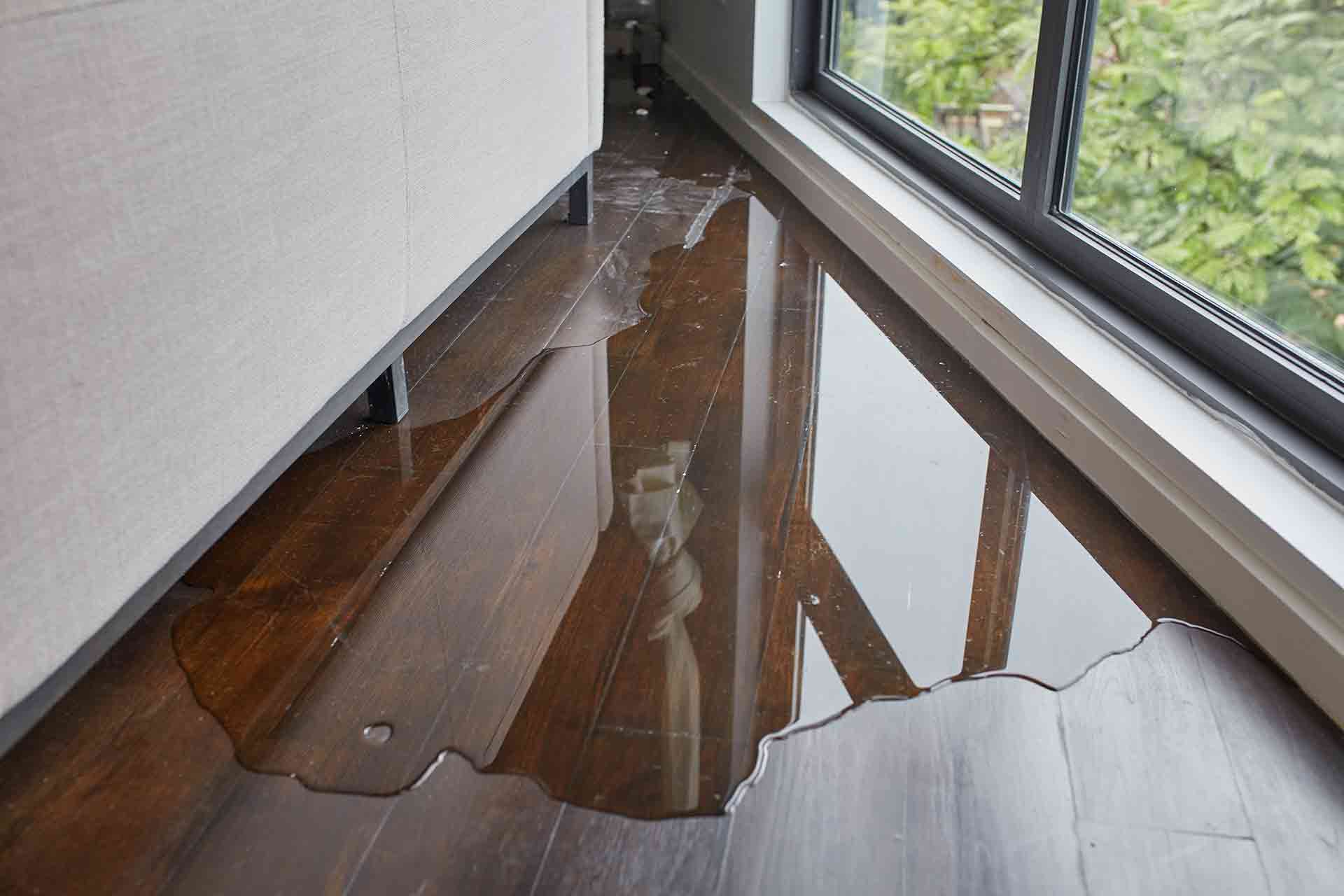The article listed below in relation to Preventing Water Damage in the Bathroom is totally motivating. Read it for your own benefit and decide what you think about it.

The restroom is extremely vulnerable for moist accumulation and prospective water damage as a result of the frequent use of water in it. This short article uses straightforward examination techniques to help spotting water damage risks.
The regular use of water in the restroom makes it incredibly susceptible for damp build-up as well as prospective water damage. By checking it frequently, you can minimize water associated problems.
The complying with collection of evaluations is easy to execute as well as should be done as soon as in every 3 months in order to keep your bathroom healthy as well as to prevent possible water damages caused by the tub, the shower, pipe joints and plumbing, sinks, cabinets, and the commode
Do not forget doing these assessments as well as be extensive while performing them. Keep in mind that these straightforward examinations can save you a lot of cash by supplying early signs for water damage
Bath tub as well as Shower
The shower and bath tub need special focus as well as upkeep. Inspect the tiles and also replace if cracked. Make certain that there is no missing cement in between the tiles. Evaluate as well as replace split caulking at joints where the walls satisfy the floor or the bath tub. Blocked drains and pipelines issues will protect against the tub from drying and also may show major problems under the tub. Consult with a specialist right away to prevent architectural damage. Pay attention to stainings or soft areas around the bath tub wall surfaces as they may show an internal leakage.
Plumbing
Signs for water damage are hard to find because the majority of pipes are installed inside the wall surfaces.
Pay special interest to floor covering and wall surfaces wetness and discolorations as they might indicate an unseen plumbing issue. Examine wetness levels in adjacent spaces as well.
Sinks and also Cabinets
Sinks as well as closets are subjected to moisture and also humidity day-to-day as well as are frequently forgotten. Examine consistently under the sink as well as on the countertop above it. Repair any drip in the trap as it may suggest drain problems. Take a look around the sink, sluggish draining pipes may indicate a blocked drainpipe. Change sink seals if they are split or loosened.
The Bathroom
The bathroom is a prone water junction. Inspect the water lines as well as search for leaks around the toilet seat, in the hose, and under the water tank. If you detect any kind of signs of wetness on the flooring around the toilet, look for leaks in the toilet rim and also tank seals.
Know that hanging toilet bowl antiperspirants increases the possibilities for obstructions.
Water Damage Signs In The Bathroom To Avoid Cleanup
Musty smell
This is one of the easiest signs to catch because musty smells are so odorous. The damp, earthy, moldy smell should be a big red flag. The smell will develop when moisture gets trapped in surfaces, and begins to facilitate mold growth. Leaking pipes under cabinets, inside walls, and behind shower fixtures will cause moisture to stay trapped and not dry, which will lead to mold growth and spread. As soon as you notice any musty smells in your bathroom, have it checked for hidden water damage and cleanup signs.
Visible mold
If the smell isn’t there to give it away, sometimes you will actually see mold growth. Finding mold in your bathroom is a serious problem, because mold is very harmful to your health. By the time mold growth is visible, it also means that water damage has already occurred and been present for some time. The only way the mold problem can be resolved is to find the source of the moisture and get it stopped. To safely and adequately remove mold, you need to have professionals handle the remediation. Do not waste any time in getting mold problems addressed, fixed, and sanitized so that you can protect you and your family from the many respiratory symptoms caused by mold exposure.
Damaged floors
Bathroom floors should be able to withstand some exposure to water while still remaining in good condition. However, when excess exposure or water leaks occur, they will begin to damage even the most water-resistant flooring. If you notice any cracking, bubbling, staining, or warping on your bathroom floors, there is probably a water leak somewhere causing the distortion. If you notice areas of the floor have become softer, or even have a spongy feeling, there is probably damage to the subfloor. Subflooring is typically made up of plywood. When plywood is exposed to water or moisture, it will absorb it. Once it has become saturated, the weight of the excess water will cause the wood to swell and soften. Check the floors in your bathroom frequently to catch any of these sings before they lead to damaged subflooring.
Changes on walls
When water leaks behind walls, it will cause changes in the drywall. Peeling plaster, blistering paint, and soggy wallpaper are all good indicators that excess water is building up behind the wall. Water leaking behind drywall will cause it to swell and be soft to the tough. If you start to notice gaps along the trim of your walls, or where tile meets the wall, it could also be a strong indicator that there is a leak behind the wall. Any changes, distortion, or damage on the walls should be evaluated as soon as you notice it to prevent further water damage and cleanup.

We were shown that editorial about Looking for Signs of Water Damage in the Bathroom from a good friend on our other web property. Feel free to set aside a second to share this entry if you liked it. Kudos for your time. Visit again soon.
Request An Appointment